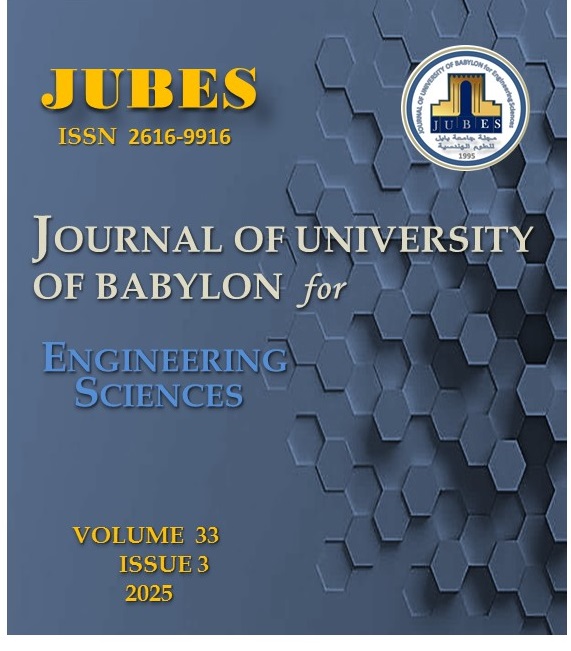Power System Stabilizer Design for Multi-machine
Main Article Content
Abstract
This research aims to enhance the stability of multi-machine power systems by optimizing the design and parameterization of Power System Stabilizers (PSSs). These stabilizers are integrated into the excitation control system to counteract the limitations of Automatic Voltage Regulators (AVRs), which can negatively affect system damping and lead to oscillatory instability.
The study begins by highlighting the role of PSSs in damping electromechanical oscillations through the modulation of the excitation signal. The main objective is to ensure that the generated damping torque is in phase with the generator's rotor oscillations, thereby maintaining system frequency within acceptable limits and preventing widespread outages.
To achieve these objectives, the research investigates the application of advanced optimization algorithms for the design of PSSs. A comparative analysis is conducted between four optimization techniques: Genetic Algorithm (GA), Particle Swarm Optimization (PSO), Simulated Annealing (SA), and Tabu Search (TS). The strengths and weaknesses of each method are assessed based on their ability to determine optimal parameters that improve system performance.
Moreover, the study explores hybridization between global and local search methods to combine the advantages of both approaches. Results show that hybrid algorithms provide superior performance in terms of damping oscillations and enhancing overall system stability.
Finally, the research identifies two key challenges: the variability of optimal PSS parameters depending on system operating conditions, and the high computational cost of metaheuristic techniques, which limits their application in real-time scenarios. These findings suggest that adaptive and computationally efficient solutions are necessary for practical implementation in modern power systems.
Downloads
Article Details
Section

This work is licensed under a Creative Commons Attribution 4.0 International License.
